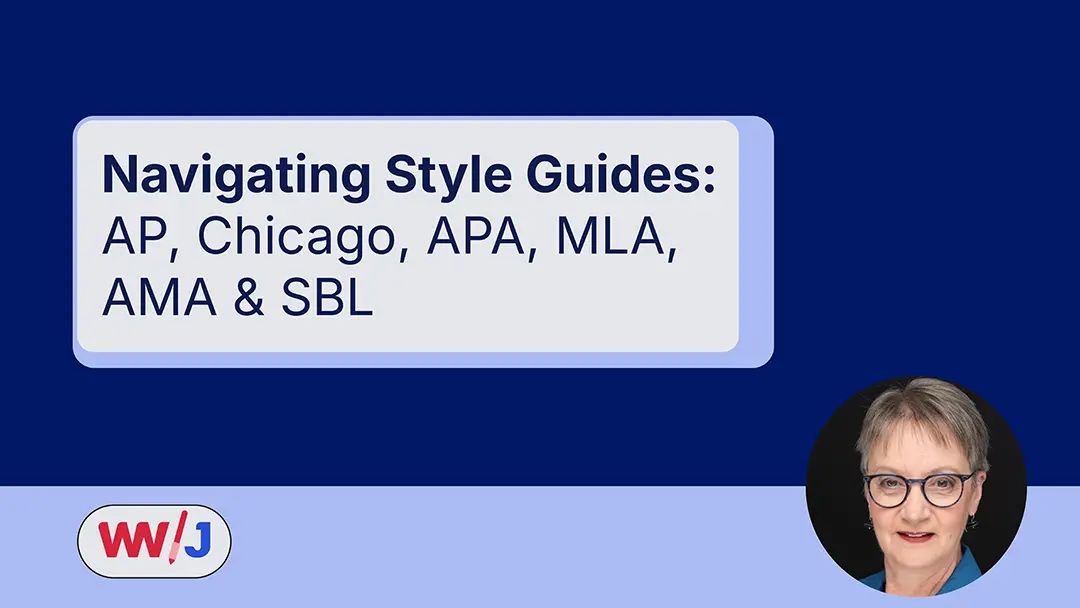Introduction
Academic institutions often impose strict word limits on theses and dissertations, but cutting content can feel like compromising quality. The good news? Strategic editing can reduce length and enhance clarity. Let’s explore how.
Common Filler Phrases to Eliminate
Use your editor’s “Find” function to locate and replace or remove these phrases:
- "In order to" → "to"
- "Due to the fact that" → "because"
- "At this point in time" → "now"
- "The purpose of this study is to..." → often redundant
How to Spot and Remove Redundancy
Many students rephrase the same point in multiple ways. Instead:
Before:
“This chapter explains the methods used in the study. The methodology section outlines the techniques applied.”
After:
“This chapter outlines the study’s methodology.”
Tightening Wordy Sentences
Cut unnecessary introductions and qualifiers:
Before:
“There are several researchers who have suggested that...”
After:
“Several researchers suggest that...”
Replacing Passive Voice
Use active voice wherever clarity permits:
Before:
“It was determined by the researcher that...”
After:
“The researcher determined...”
Avoiding Over-Explanation
Check whether you’re defining common knowledge or over-explaining. If your audience is academic, keep explanations crisp and purposeful.
Example to cut:
“Photosynthesis is the process by which green plants use sunlight to synthesize food.”
(Save space unless your field or professor requires it.)
Visual Alternatives to Paragraphs
Convert lists, comparisons, or sequences into tables or figures.
Example:
Table | Replaces 100 words
Flowchart | Replaces 150 words
Clarity vs. Brevity: The Balance
Don’t just cut to fit. The goal is more meaning in fewer words. Each edit should:
- Preserve your argument’s structure
- Retain discipline-specific terminology
- Improve reader comprehension
Third-Party Proof: When to Get Help
Even the best professional writers need editors. If you’re too close to your thesis to spot what’s unclear or unnecessary, outside help can save time and reduce stress.
Editor Validation:
Joanne Turner—former judge, professor, and expert editor—has edited hundreds of academic manuscripts for clarity, tone, and compliance with institutional standards. Trusted by grad students and academics worldwide.
FAQ
Q: Will editing change my thesis voice?
A: No. The goal is to preserve your voice while making it more effective.
Q: How long will it take to cut 500 words?
A: With focused edits, it can be done in a day—or faster with expert help.
Q: What tools can help?
A: Try Hemingway Editor, Grammarly, or a professional editor like Words With Joanne.
Q: What’s the difference between proofreading and other kinds of editing? How do I know what kind of editor to look for?
A: Copyediting fixes grammar and consistency. Line editing improves flow and structure. Editing is a spectrum. At one end of the spectrum, copyediting fixes only grammar and spelling, what most people call proofreading. At the other end of the spectrum, developmental editing looks at the big picture: the really big picture: does your plot work? Do your characters need further development? Are there holes in your timeline? Line editing lies somewhere between copyediting and developmental editing, focusing on improving sentence structures, narrative flow, scholarly tone (when appropriate), and word choice.
Q: Can you edit subject-specific material like medicine or law?
A: Yes—Joanne is certified in medical terminology and has a legal and academic background.
Need help trimming your thesis the smart way?
Book a free consultation or request a custom quote.




